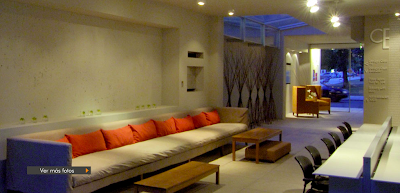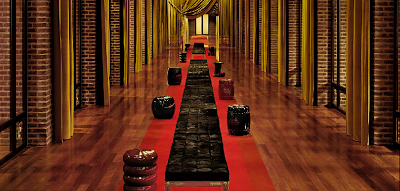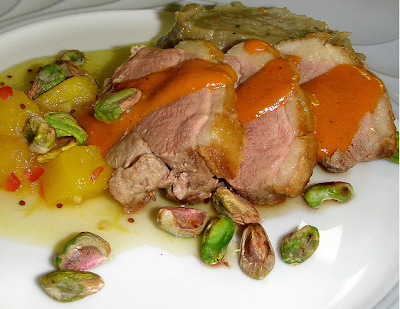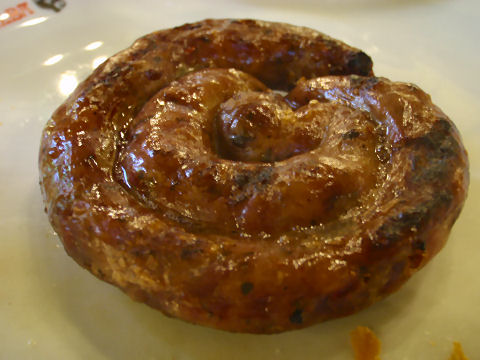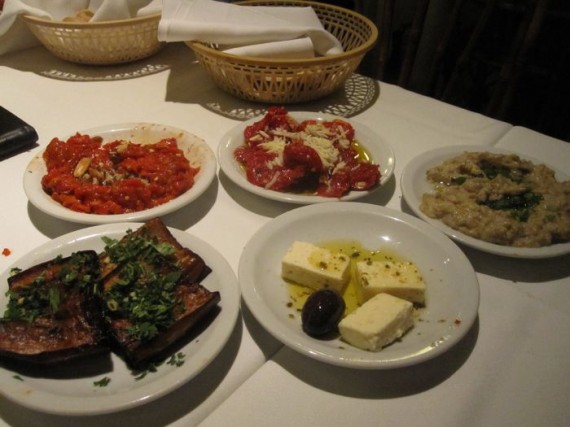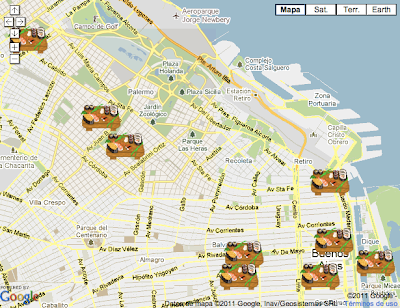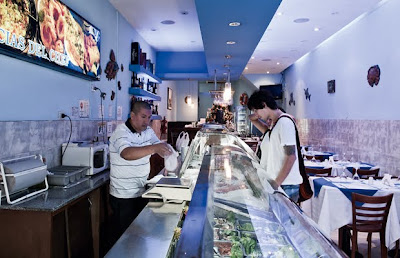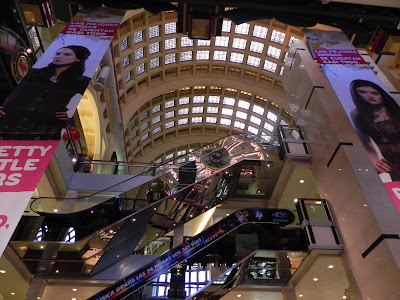 |
| Abasto Shopping Mall on Corrientes |
When we visited
Abasto de Buenos Aires, I looked up & snapped this picture as two security guys were emphatically saying, "No photos," to Mike, but since he doesn't speak Spanish, he was just waving his hands & saying, "No hablo español." Then I looked over & rescued him, but I had the shot.
The guards explained that it was a security measure. When I explained that we were moving to Cafayate, they said, "
Calafate?" Lots of people do this, which surprises me some because Cafayate is SO much nicer, I'm guessing, than
Calafate, but now I'm learning that people visit Calafate to see the
glaciers.
 |
| Petito Moreno glacier, Calafate, Patagonia |
Later, one of the security guards came by & talked to us for a long time. He admired my "Castellano" & said he wanted to practice his English, but we spoke in both languages about Cafayate & the United States. He has a brother who married a Mormon & moved to Salt Lake City. Clearly, he misses him a lot.
The mall was like a US mall. We passed through & walked across the street to a combination asado & Chinese restaurant. The latter was quite good. I wish I could remember the restaurant name.
Owner Susan Fujii adds:
I just have to add that if you have children, this particular mall is *paradise* for them as they have a wonderful Children's Museum (
Museo de los Ninos) on the 2nd floor! It is far better than many, many US Children's Museums (and we've been to some very nice ones with our 5-year-old and 3-year-old) and features an enormous hands-on "city" where kids can do all sorts of fun things. My girls' favorites were singing, dancing, and operating the production cameras of a "real" TV studio, flushing themselves down the giant toilet slide, making milk and milk products in the dairy center, and grocery shopping (and being cashiers) in the awesome super-market.
It truly was amazing and lots of fun! Also the food court, unlike most in the US, sells wine and beer and has a great assortment of delicious restaurants.
And there was also a huge indoor amusement park there called "
Neverland" complete with a hot-air-balloon ferris wheel ride, swinging pirate boat, and more, that we didn't have time to check out as we had to run to catch our plane (much to our girls' chagrin!).

